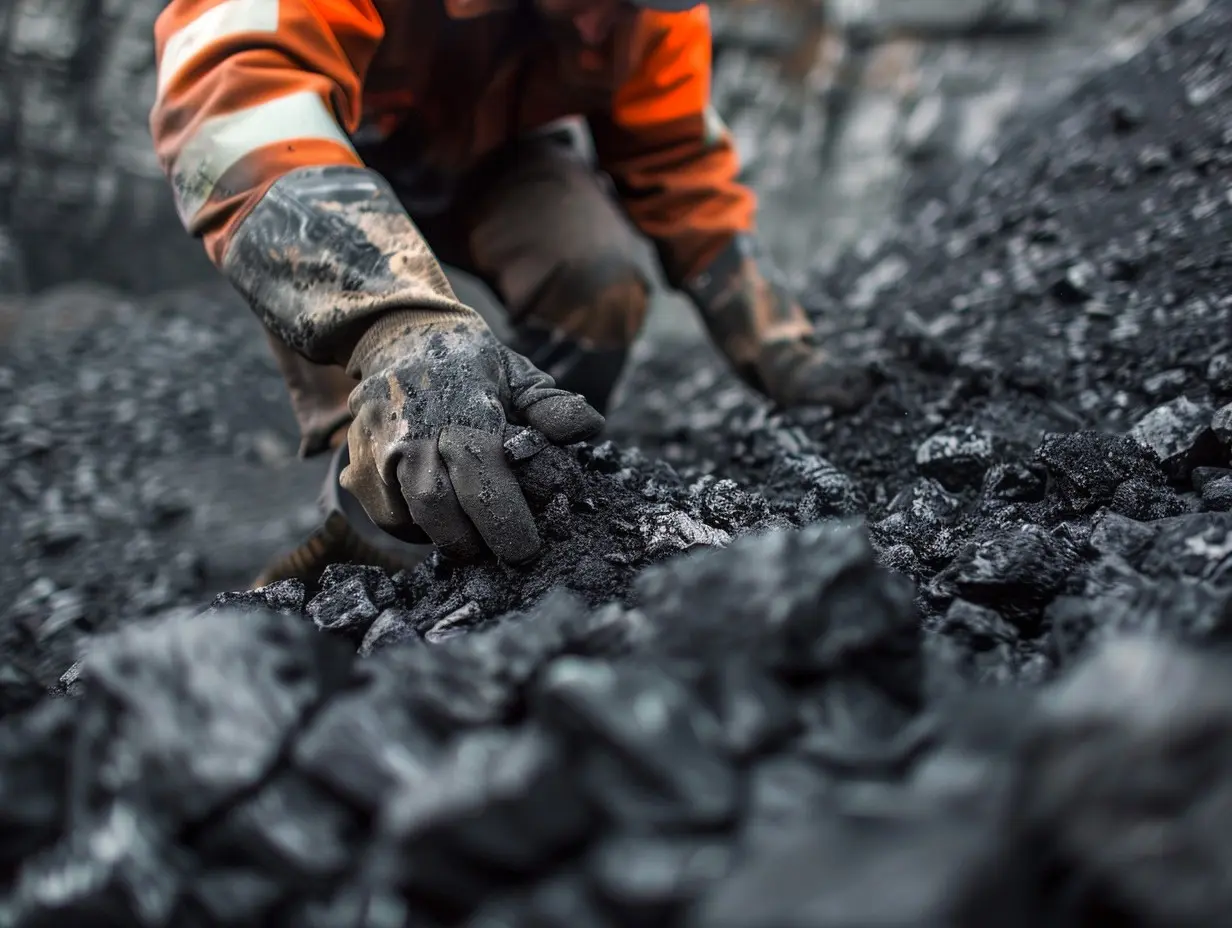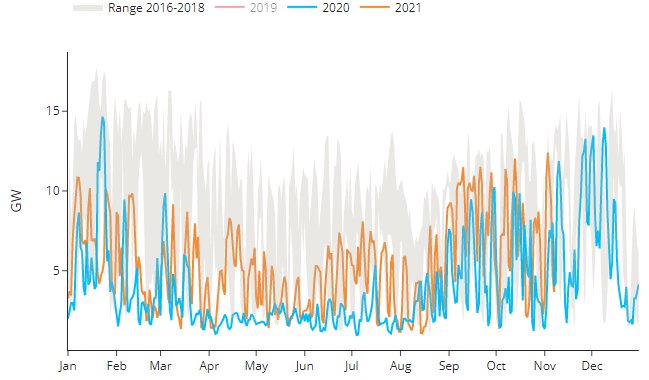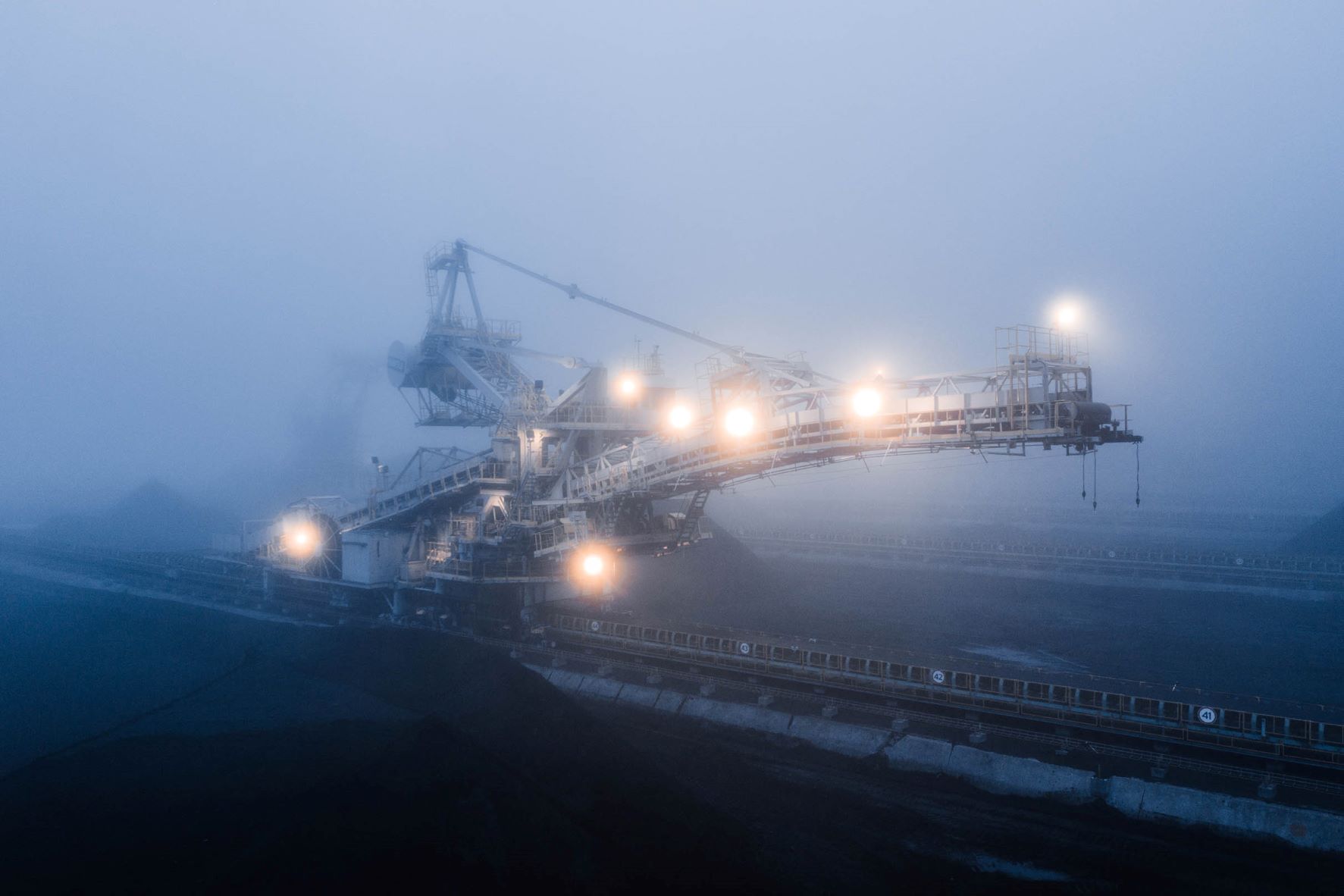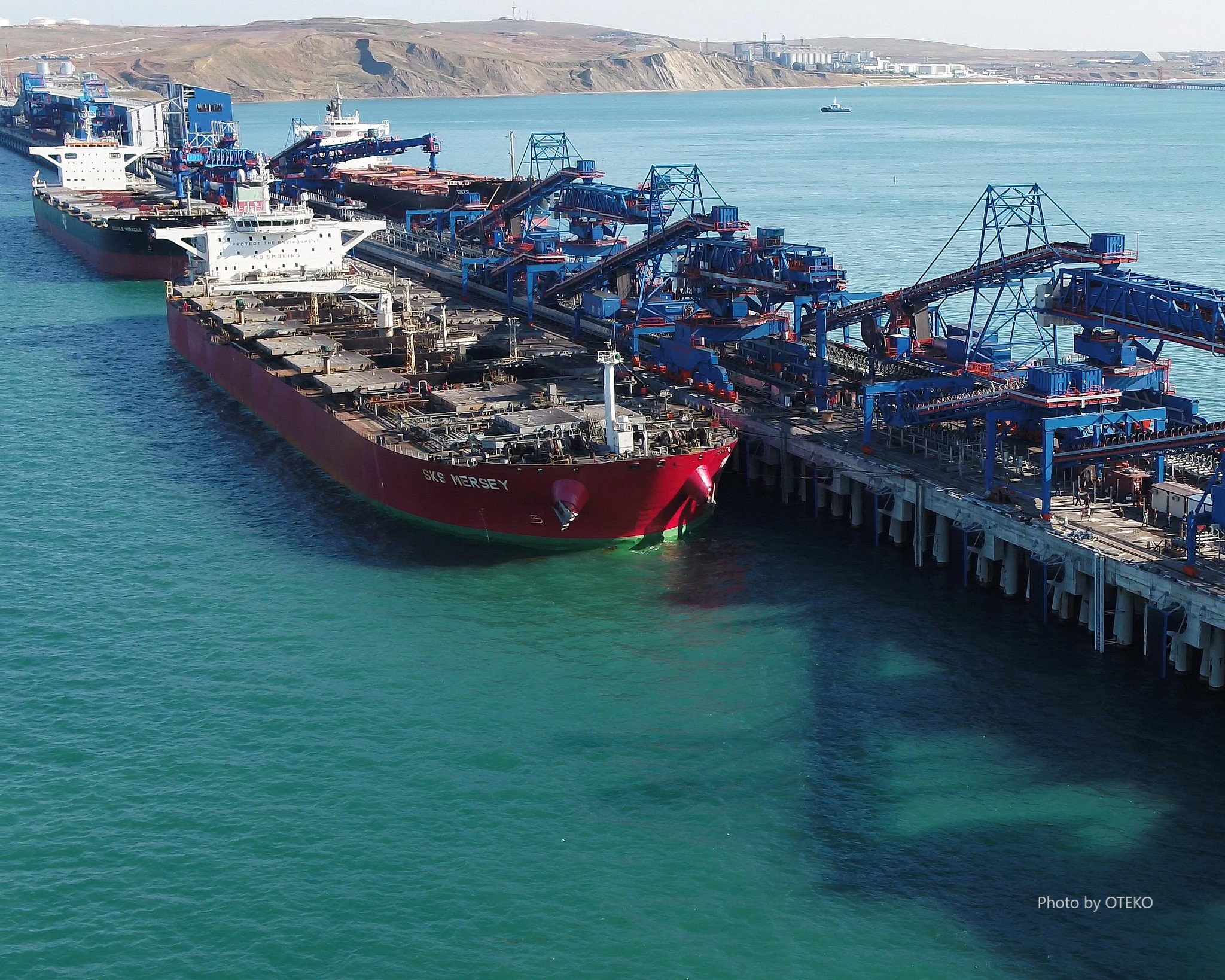
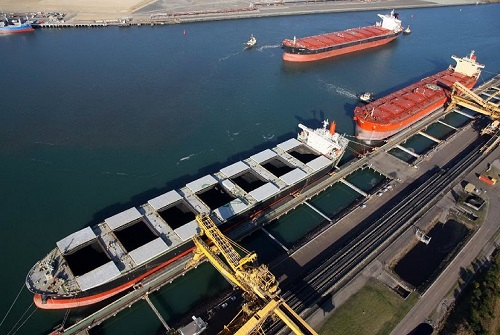
China’s seaborne-traded 5,500 Kcal/kg NAR thermal coal price may return to above 400 yuan/t FOB, following large coal groups’ price hike of 10 yuan/t for June deliveries to long-term key customers.
Starting from June 1, Shenhua-led leading coal miners will offer 5,500 Kcal/kg NAR coal at 402 yuan/t with VAT, FOB Qinhuangdao port, the first time the thermal coal grade returning to above 400 yuan/t after hovering below the level for nine months.
The rise in coastal thermal coal prices was mainly due to tight supply at production bases amid the government’s directive to cut back on production and implement 276-workday at coal mines, part of the efforts to resolve overcapacity in China’s domestic market.
On May 27, Fenwei assessed Shaanxi Yulin 5,800 Kcal/kg NAR coal at 190 yuan/t with VAT, mine-mouth basis, up 5 yuan/t on month, while Shanxi Datong 5,500 Kcal/kg NAR coal was assessed at 220 yuan/t, up 10 yuan/t on month. Inner Mongolian Ordos 5,500 Kcal/kg NAR coal was assessed at 155 yuan/t, up 13 yuan/t on month.
Large coal groups have found it hard to get outsourced coal in May, and if they don’t increase sales price in June, the supply of outsourced coal will not be enough to meet demand.
Coastal thermal coal prices haven’t increased obviously in the past several days, but are expected to increase as the price rise at production areas will gradually transfer to the coastal market, given the continued tightness in supply of the fossil fuel.
Suppliers presently offered 5,500 Kcal/kg NAR and 5,000 Kcal/kg NAR coal with 0.8% sulphur at 385-390 yuan/t and 345-350 yuan/t with VAT, FOB basis respectively.
The Fenwei CCI Thermal Index for domestic 5,500 Kcal/kg NAR coal traded at Qinhuangdao port as assessed at 385 yuan/t with VAT on May 30, FOB basis, up 2 yuan/t on week.
While this indicates that spot thermal coal prices still have room to go up on utility restocking activities, market sources said coastal utilities’ buying interest has been negatively impacted by large groups’ price hike.
This could be reflected in the drop of shipping rates. On May 30, the freight rate for 50,000-60,000 DWT vessels from Qinhuangdao to Guangzhou fell 1.4 yuan/t on week to 23.3 yuan/t.
Actually, traders and utilities have started restocking in anticipation of the price hike since mid-May, leading to a rise of coal stocks in utilities. Data showed that coal stocks at power plants under the six coastal utilities climbed 14% from the start of May to 12.68 million tonnes as of May 27.
Meanwhile, despite tightness in production areas and continued utility restocking activity,
coal stocks were still on the rise at northern China ports. In other words, tightness in supply of the seaborne material was far less than that in the production areas.
By May 30, coal stocks at Qinhuangdao increased 3.6% from the start of May to 4.59 million tonnes. Coal stocks at Caofeidian and SDIC Jingtang ports increased 5.9% and 25% from the start of May to 2.51 and 1 million tonnes, respectively.
Therefore, following the price hike, coal sales of large groups may not be so satisfactory in June, given the price edge of spot coal, reduced buying interest from utilities and climbing stocks at northern ports.




